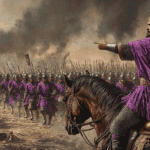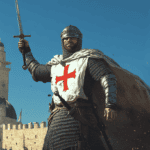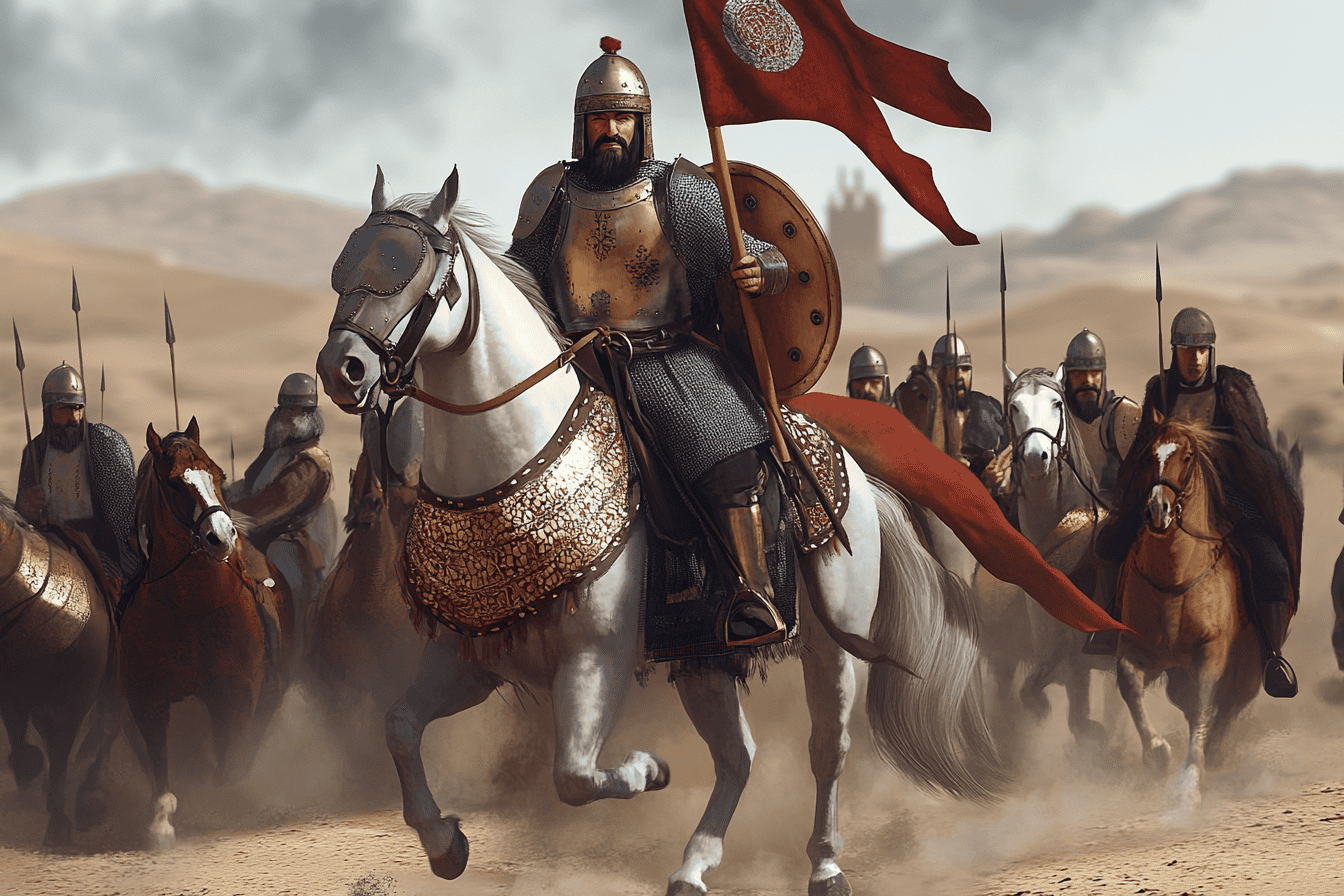
On August 26, 1071, near the town of Manzikert in eastern Anatolia, two great empires clashed in a battle that would reshape the political and cultural landscape of the medieval world. The Byzantine Empire, heir to the Roman legacy, faced off against the rising power of the Seljuk Turks in a conflict that would have far-reaching consequences for centuries to come.
The Road to Manzikert
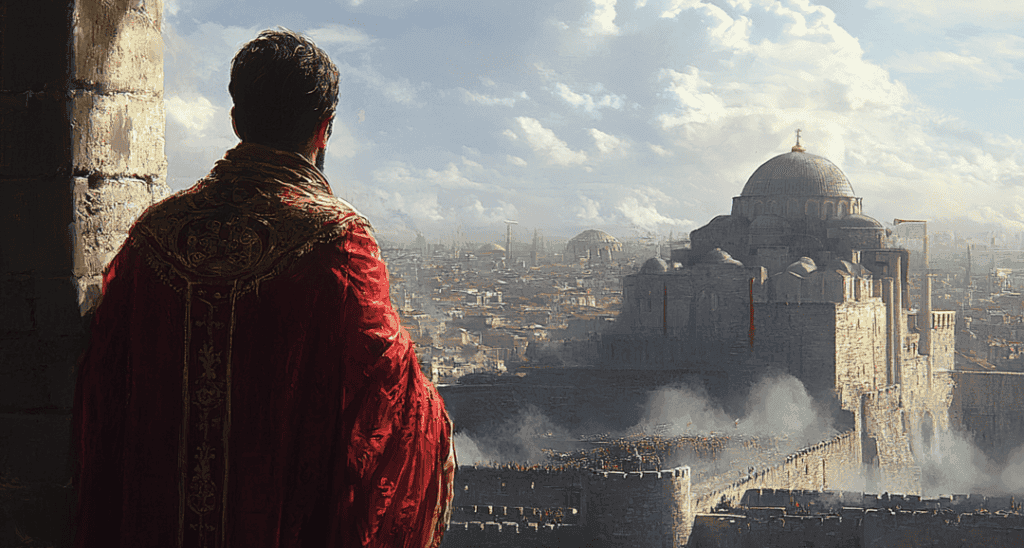
In the 11th century, the Byzantine Empire was a shadow of its former glory. Though still a formidable power, it faced numerous challenges on multiple fronts. To the west, Norman invaders threatened its possessions in Italy. To the east, a new threat had emerged in the form of the Seljuk Turks, a Central Asian people who had embraced Islam and were rapidly expanding their territory.
The Seljuks, under the leadership of Sultan Alp Arslan, had been making incursions into Byzantine-held Anatolia for years. These raids and migrations posed a significant threat to Byzantine control of the region, which had long been the empire’s heartland and primary source of manpower and resources.
Emperor Romanos IV Diogenes, who had ascended to the throne in 1068, recognized the gravity of the situation. Determined to halt the Seljuk advance and reassert Byzantine authority in the east, Romanos assembled a massive army and set out to confront the Turkish forces.
The Armies
The Byzantine army that marched towards Manzikert was a diverse and formidable force. It included the elite tagmata (professional soldiers) from both the eastern and western parts of the empire, as well as contingents of foreign mercenaries and provincial levies. Estimates of its size vary, but it likely numbered around 40,000-70,000 men.
The Seljuk army, led by Sultan Alp Arslan himself, was smaller but highly mobile and skilled in the art of mounted archery. The Turkish forces excelled at hit-and-run tactics and were adept at the “feigned retreat,” a maneuver that would play a crucial role in the coming battle.
The Battle Unfolds
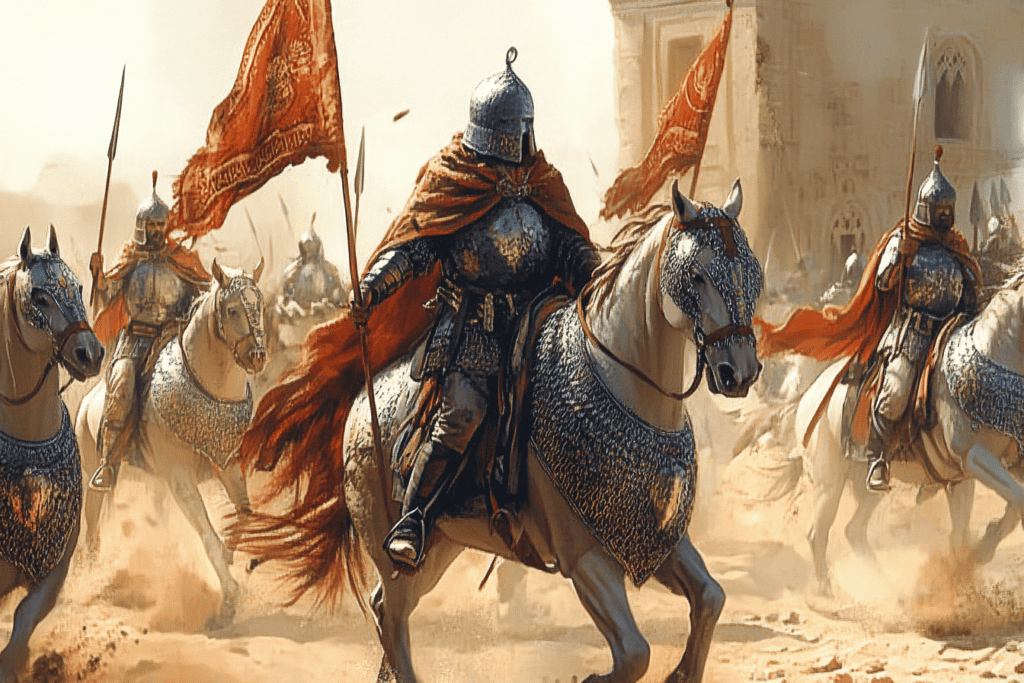
As the Byzantine army approached Manzikert, Romanos easily captured the town on August 23. The following day, Seljuk forces began probing attacks with their horse archers, forcing Byzantine foraging parties to retreat. Romanos, underestimating the size of the Seljuk army, sent out a cavalry detachment under the Armenian general Basilakes to deal with what he thought was a small enemy force.
This proved to be a grave miscalculation. Basilakes’ cavalry was routed, and the general himself was taken prisoner. It was now clear that the full Seljuk army was present, and Romanos drew up his forces for battle.
The Byzantine emperor deployed his army in a classic formation, with the elite tagmata forming the center, flanked by the less reliable provincial troops and mercenaries. Alp Arslan, in a dramatic gesture, addressed his troops while dressed in a white robe, symbolizing his readiness to die in battle.
As the battle commenced, the Seljuks employed their signature tactic of feigned retreat. A portion of the Byzantine left wing, commanded by Bryennios, broke formation to pursue the seemingly fleeing Turks, only to find themselves ambushed and nearly surrounded. This setback forced Bryennios to pull back, disrupting the Byzantine line.
Throughout the afternoon, the Byzantine army pressed forward, enduring a constant barrage of arrows from the highly mobile Turkish horse archers. By late afternoon, the Byzantines had managed to capture the Seljuk camp, but their flanks were in disarray due to the hit-and-run tactics of the Turkish cavalry.
The Decisive Moment
As night approached, Romanos ordered a general withdrawal, planning to regroup and continue the battle the next day. However, this order was either misunderstood or deliberately disobeyed by some units, particularly those under the command of Andronikos Doukas, a rival of Romanos.
Sensing the confusion in the Byzantine ranks, Alp Arslan seized the moment and ordered a general attack. The Byzantine right wing, believing they had been betrayed, broke and fled. The left wing soon followed, leaving the center exposed.
In the chaos that ensued, Emperor Romanos fought bravely but was eventually unhorsed and captured. With their emperor in enemy hands, the remaining Byzantine forces disintegrated, fleeing in all directions.
The Aftermath
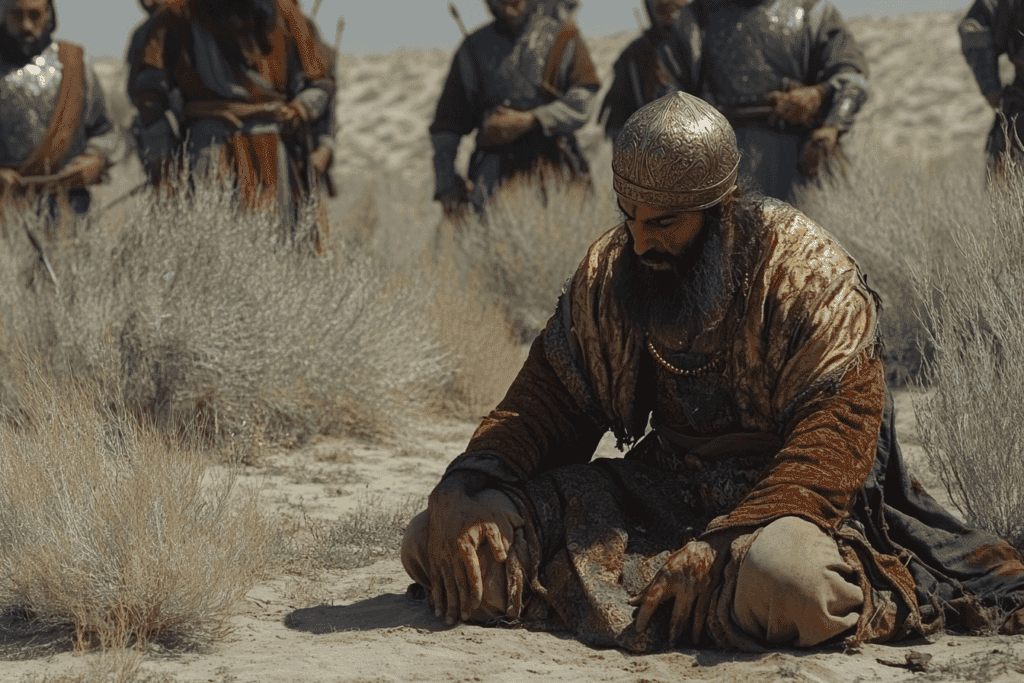
The immediate aftermath of the battle was surprisingly mild. Alp Arslan treated Romanos with respect, and after a week of captivity, released him in exchange for a ransom and a promise of tribute. However, the political fallout in Constantinople would prove far more devastating than the battle itself.
Upon his return, Romanos found that he had been deposed in a coup led by the Doukas family. In the ensuing civil war, Romanos was captured, blinded, and died shortly after from his wounds. This internal strife left the empire in chaos, unable to mount an effective defense against the Seljuk incursions that followed.
Over the next decade, Seljuk Turks and their allies poured into Anatolia, seizing vast swathes of territory. By 1080, an area of 78,000 square kilometers had fallen under Turkish control. This mass migration and settlement would permanently alter the demographic and cultural landscape of the region.
Long-Term Consequences
The Battle of Manzikert is often cited as a turning point in medieval history, marking the beginning of the end for Byzantine power in Anatolia and paving the way for the Turkification of the region. However, it’s important to note that the Byzantine collapse was not immediate. The empire would continue to exist for nearly four more centuries, and would even experience periods of resurgence.
Nevertheless, Manzikert dealt a severe blow to Byzantine prestige and military might. It exposed the empire’s vulnerabilities and emboldened its enemies. The loss of Anatolia, long the empire’s primary source of manpower and agricultural wealth, would prove to be a crippling long-term consequence.
For the Seljuks and other Turkic peoples, Manzikert opened the doors to Anatolia. The gradual Turkification of the region over the following centuries would lay the foundations for the later Ottoman Empire, profoundly shaping the future of the Middle East and Eastern Europe.
A Catalyst for the Crusades
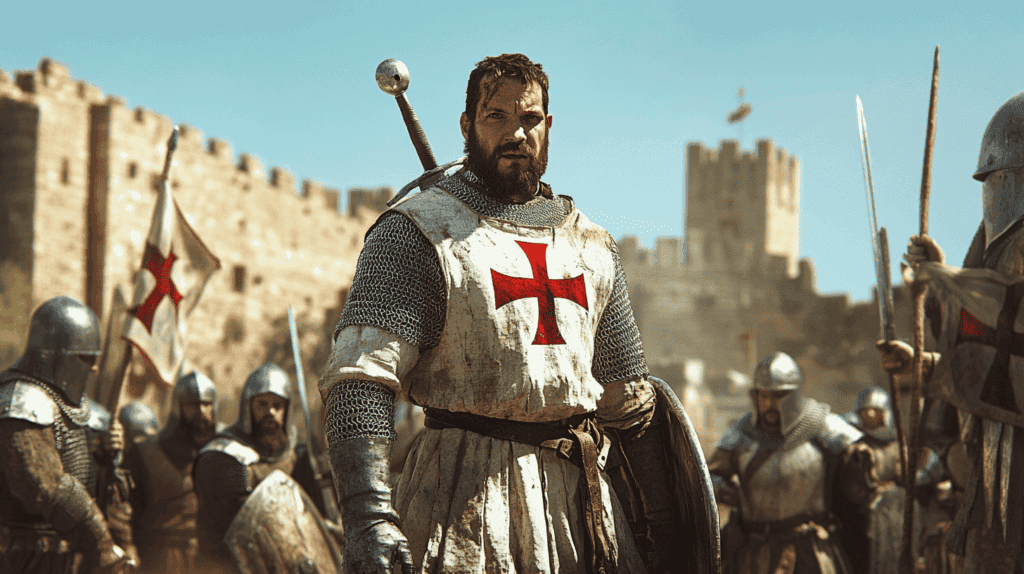
Perhaps the most far-reaching consequence of Manzikert was its role in catalyzing the Crusades. As the Seljuks expanded their control over former Byzantine territories, they came into conflict with the Fatimid Caliphate of Egypt, eventually capturing Jerusalem.
The Byzantine Emperor Alexios I Komnenos, facing continued Turkish pressure, appealed to Pope Urban II for military assistance. This appeal, combined with reports of Turkish control of the Holy Land, led Urban to call for the First Crusade in 1095.
The Crusades would have a profound impact on the relationship between Eastern and Western Christendom, as well as between the Christian and Islamic worlds. The complex legacy of these conflicts continues to influence geopolitics and cultural perceptions to this day.



